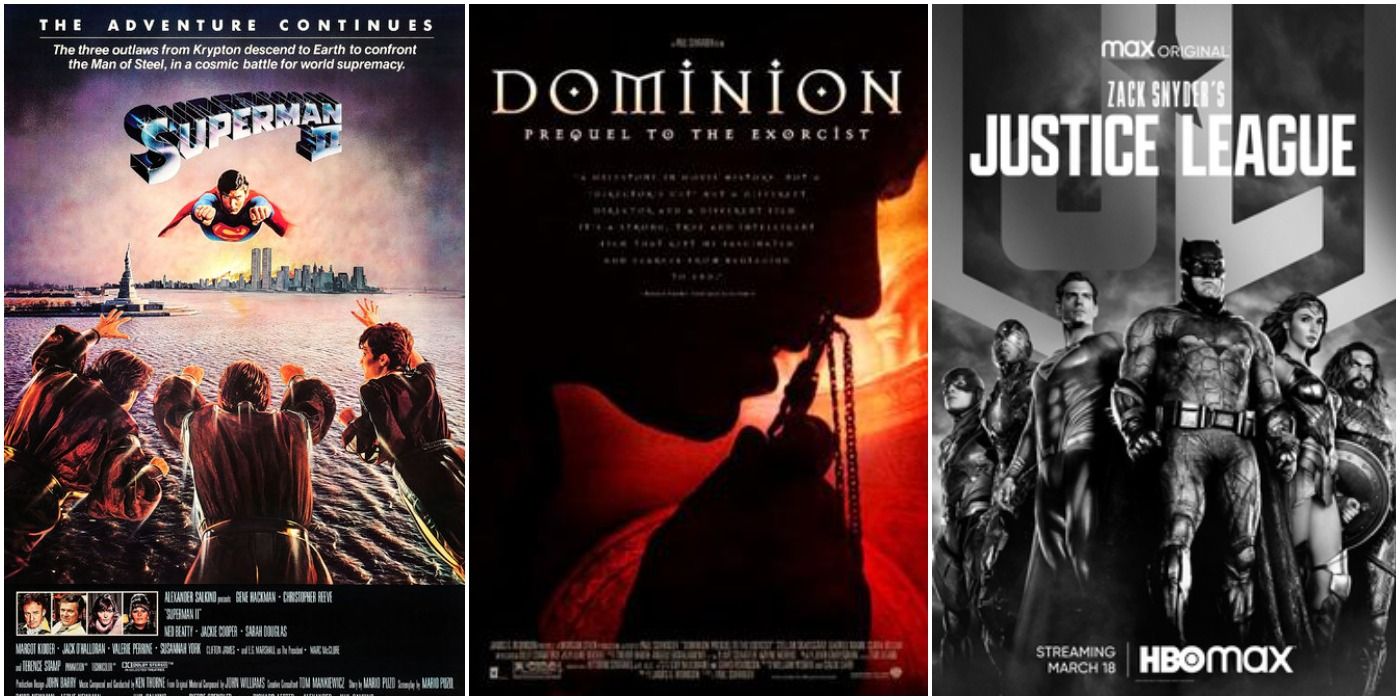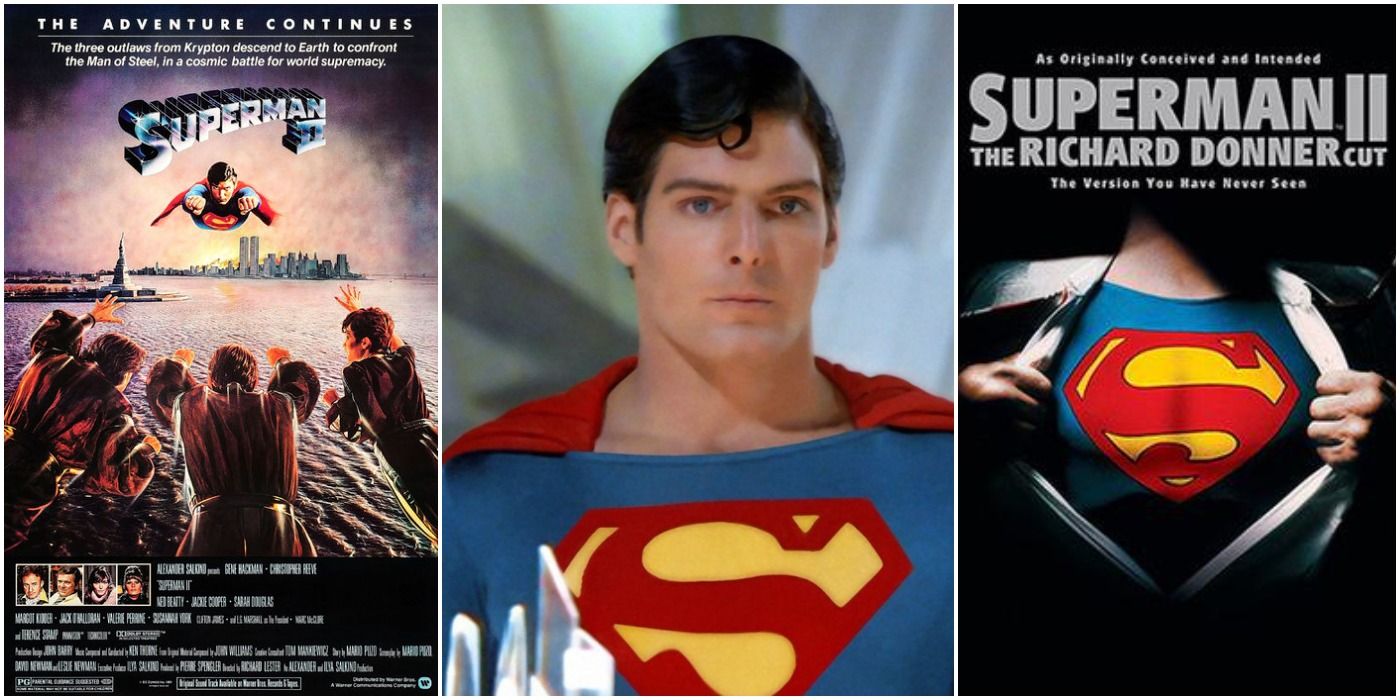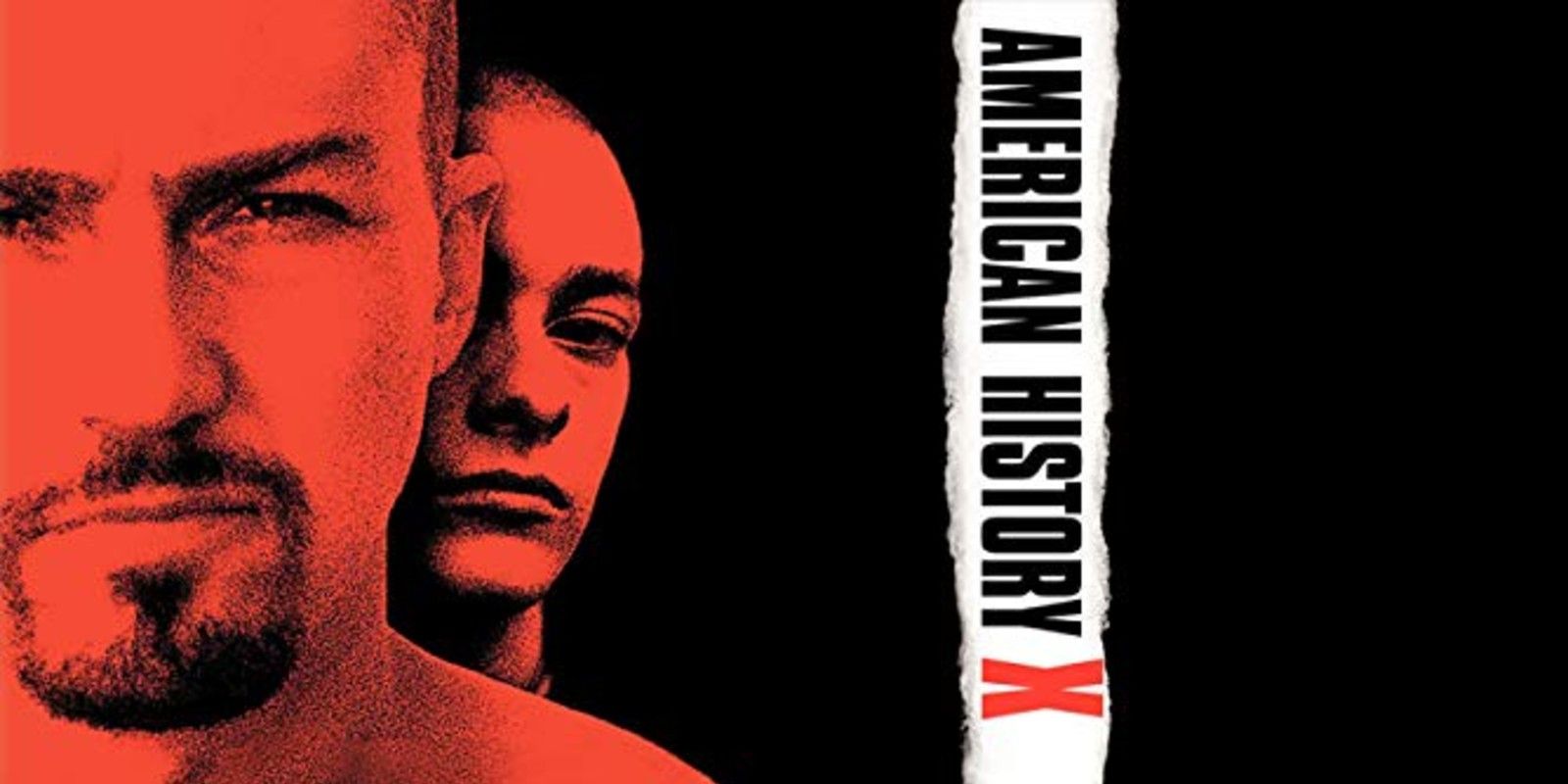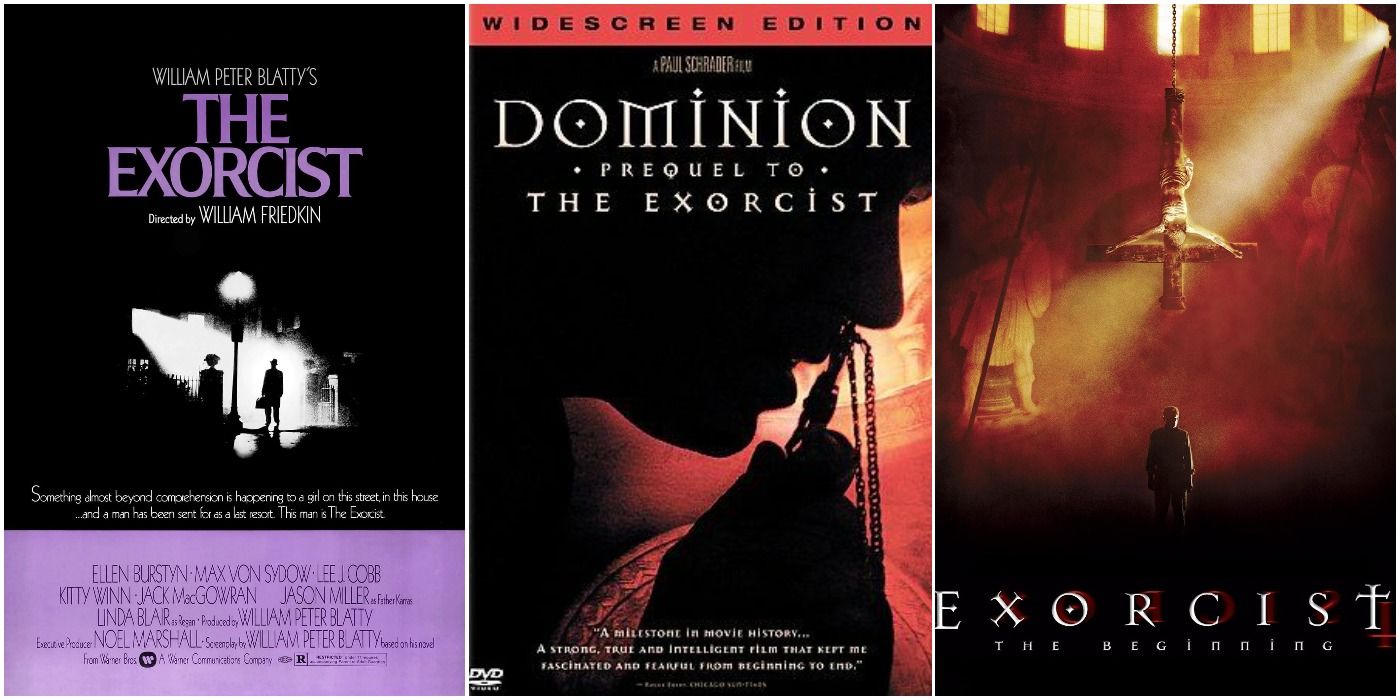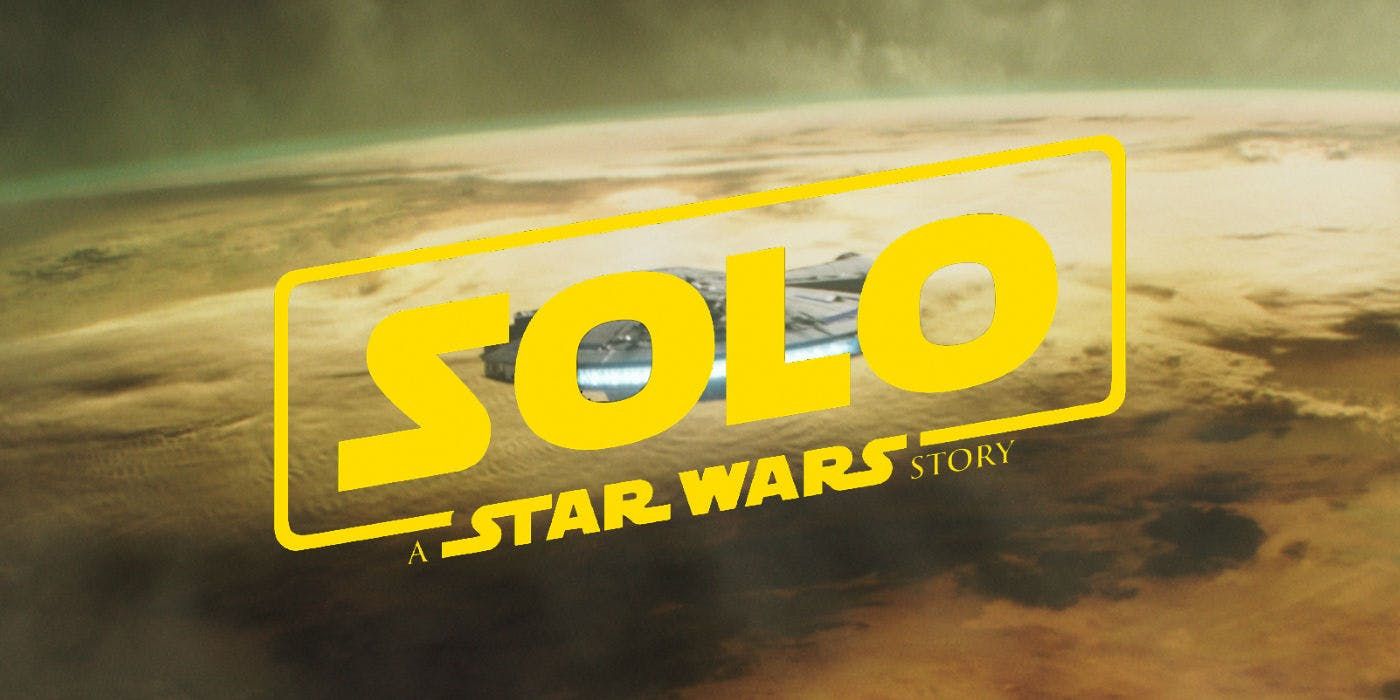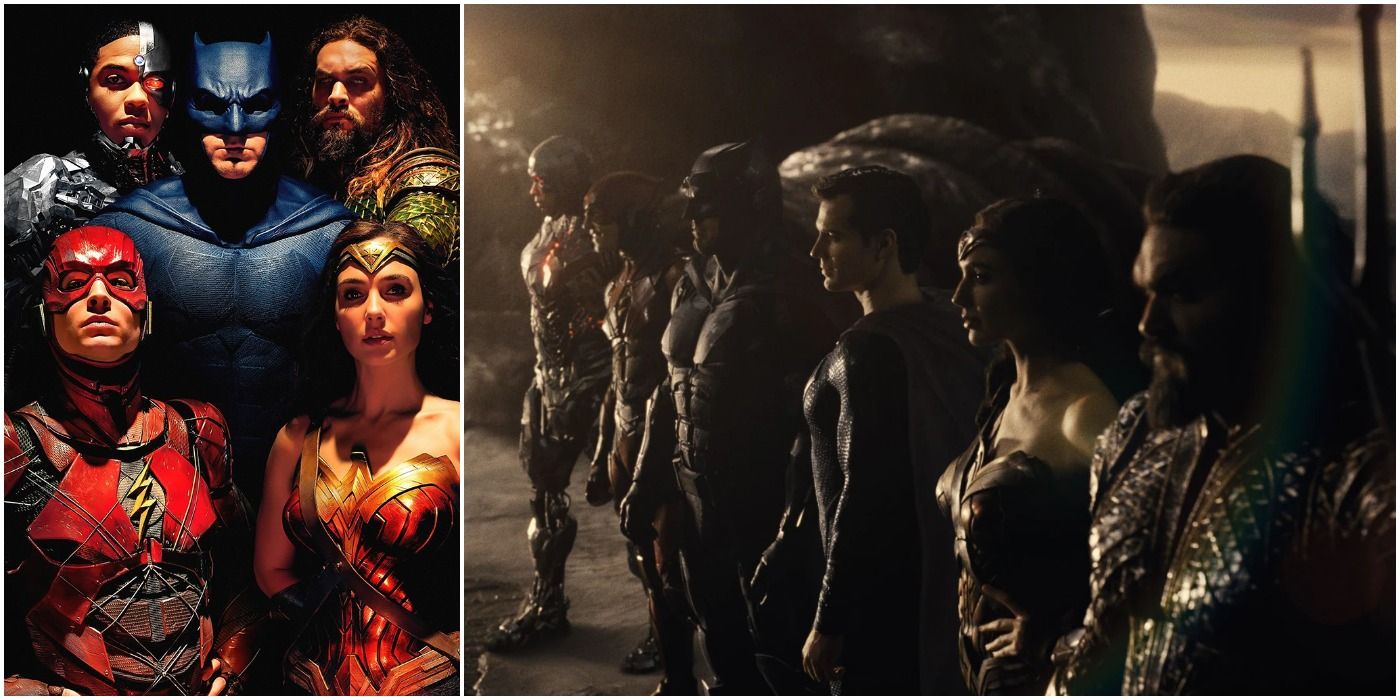It's products may be art, but at the end of the day, Hollywood is a business just like any other. With how expensive the investment in just a single motion picture can be, and with a return of that investment far from certain, it's not surprising that many producers and executives keep their talent on a short leash.
Sometimes, compromises just can't be reached, however, and in those cases it's usually the director who gets shafted. In rare, extreme cases, directors have been replaced during a film's production and their replacement creates something new from the fragments of their work. Here are some examples.
5 "Superman II" Saw Richard Donner Replaced By Richard Lester Halfway Through Production
Just as Superman was the original superhero archetype, Superman: The Movie created the comic book movie as audiences today know it. Indeed, most would probably agree that no subsequent Superman film has reached the same heights as the first two, nor has any actor been able to outshine the late Christopher Reeve as the Man of Steel.
The first two Superman movies were shot back-to-back by the late Richard Donner. Only about 75 percent of Superman II was completed before a halt in production, and tensions between Donner and producer pair Alexander & Ilya Salkind saw the director replaced by Richard Lester. The production's bumps didn't stop there - Lester reshot completed footage to earn director's credit, while Gene Hackman, Marlon Brando, and creative consultant Tom Mankiewicz refused to return, whether out of loyalty to Donner or due to financial disputes with the Salkinds. Nonetheless, Superman II made it to theaters with acclaim and financial success following.
In 2006, an alternative cut of the film was compiled by editors Michael Thau and Stuart Baird; the editing was supervised by Donner himself. "The Richard Donner Cut" is, contrary to its name, not an exact version of the film which would've debuted in 1980 had Donner not been fired; after all, he never completed the film during his original round of shooting. In particular, the film re-uses the "turn back time by spinning the Earth backwards" climax from the first Superman movie. This had been conceived as the climax of the second film but was repurposed for the first, and Donner never had the chance to think up a new ending.
4 Tony Kaye Has Disowned The Theatrical, Edward Norton-Edited Cut Of "American History X"
Tony Kaye is credited as director of American History X, but if he had his way it wouldn't have been so. After shooting wrapped, Kaye and distributor New Line Cinema's different visions for the project became clear. Kaye turned in two cuts that the studio rejected. After that, star Edward Norton stepped in to head the editing process, producing a 120-minute cut which the studio accepted. Kaye disowned the film and attempted to have his director's credit replaced with "Humpty Dumpty". DGA rules foiled his effort.
Kaye's preferred version of the film is not available for public viewing, but it is known to be about 95 minutes, 25 minutes shorter than the theatrical version. Some have thus accused Norton of arrogantly stepping over Kaye in order to give himself more screen-time. It's also long been rumored that Kaye's cut ends with Derek (Norton) shaving his head after the murder of his brother Danny (Edward Furlong), a sign that he has re-embraced his racism and turns the film's message into one about the cycle of hatred. Of course, without watching Kaye's own cut for comparison, there's no way to know for sure.
3 Paul Schrader And Renny Harlin Each Made A Different "Exorcist" Prequel
When Exorcist: The Beginning went into production, Morgan Creek Productions hired Paul Schrader to direct. Schrader is from the same New Hollywood generation as original Exorcist director William Friedkin and has a interest in faith stemming from his strict Calvinist upbringing (just check out his recent First Reformed). So, a perfect fit, right? Not according to the film's producers, who felt Schrader's rough cuts simply weren't scary enough - or, at least not the type of scary they were aiming for. Thus, Schrader was let go and replaced by Renny Harlin.
It's hard to think of two filmmakers so different. Schrader is an academic at heart, and he cut his teeth as a critic under Pauline Kael then as a screenwriter for Martin Scorsese's Taxi Driver. Harlin, on the other hand, is a studio man famous for Nightmare On Elm Street 4, Die Hard 2, and Deep Blue Sea.
Indeed, Harlin ultimately ending up making an entirely new movie from the ground up. Though his version was closer to what the studio wanted, it was reviled by critics and audiences. Schrader was allowed to complete his version of the film a year later in 2005, retitled Dominion: Prequel To The Exorcist. However, it earned only a marginally more positive response than Harlin's film (10% for The Beginning on Rotten Tomatoes, 30% for Dominion). It seems Morgan Creek's instincts about Schrader's movie were right, but their solution just wasn't much of one.
2 "Solo: A Star Wars Story" Switched Directors During Filming
The A Star Wars Story spin-off series died a swift death after a mere two installments; the second one, Solo, was the first Star Wars film to be an outright failure. However, this is the result of its gargantuan $300 million dollar budget, itself the result of the film's reshoots.
Initially, the film was to be directed by Phil Lord & Chris Miller, renowned for directing the Jump Street buddy movies. After about six months of principal photography, however, the duo were let go and replaced by Ron Howard, who completed the film. The reason for their dismissal has been labeled "creative differences," with it being rumored that LucasFilm didn't appreciate their comedic approach. Between this and the need to meet a pre-ordained release date, the quiet competence of a company man was needed - hence Howard's hiring.
It's unclear if Lord & Miller completed enough filming for an alternate cut to be assembled, but some differences between their hypothetical version and Howard's can be gleaned. The film's villain, Dryden Vos, would've been a feline alien played by Michael K. Williams rather than Paul Bettany's humanoid take. The ending cameo by Darth Maul is also likely out, considering that is known to have been Howard's decision.
1 "Justice League" Is A "Superman II" For The 21st Century
While Zack Snyder's Man of Steel was in production, The Avengers set the world on fire. This caused Warner Bros to abandon plans for a "grounded" Superman trilogy akin to Christopher Nolan's Batman films. Instead, Man Of Steel became the first building block in a DC Extended Universe and Snyder was handed the keys to the kingdom with Batman V Superman: Dawn Of Justice.
Batman V Superman is many things - a pseudo-adaptation of The Dark Knight Returns, an allegorical examination of post 9/11 America, and an alienating rumination on gods dwelling among men. It is not, however, the type of four quadrant blockbuster that you build a long-running, beloved franchise off of. Locked into a plan already rejected by the public, Snyder and his wife Deborah, the film's producer, eventually left Justice League to grieve the tragic passing of their daughter Autumn.
Producers Geoff Johns and Jon Berg then recruited Joss Whedon to remake Justice League before it's 2017 release. WB wanted their own Avengers, so why not just get the guy who made The Avengers? The result received middling responses all around and tanked at the box office even with a $658 million dollar haul; having gone through two rounds of shooting ballooned the budget to $300 million.
However, Justice League was released into a much different world than Superman II; after years of an intense, rabid campaign by Snyder fans to see his cut of the film released, WB parent company AT&T complied. Zack Snyder's Justice League, with a massive runtime of 4 hours and 2 minutes premiered on HBO Max in 2021 and earned the best reviews of Snyder's career. Thus, the "Snyder Cut" became a long-delayed happy ending, in-universe and out.

